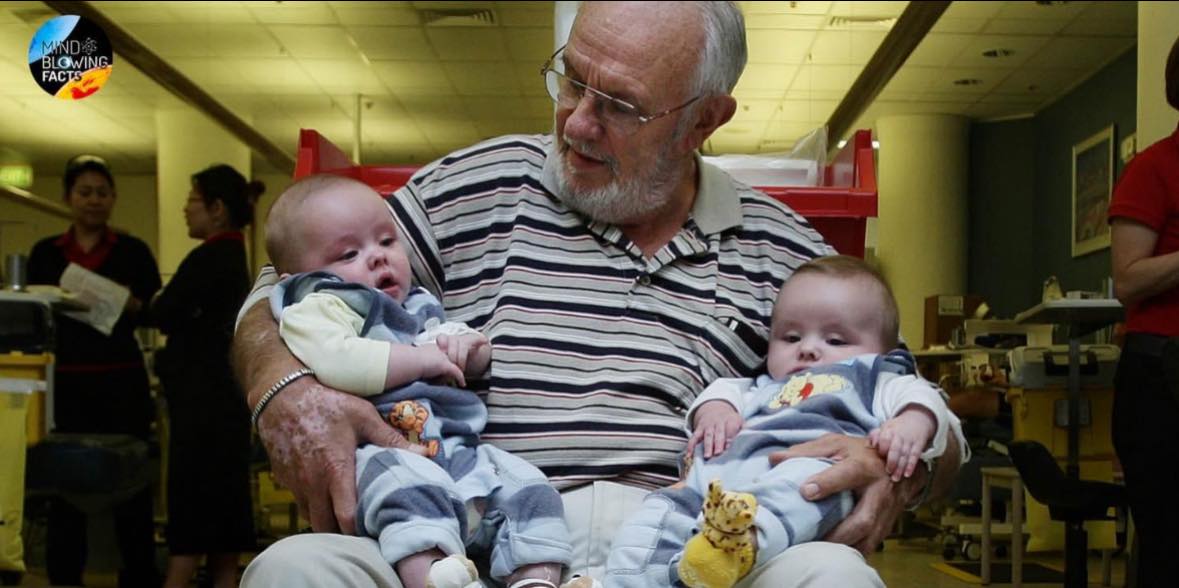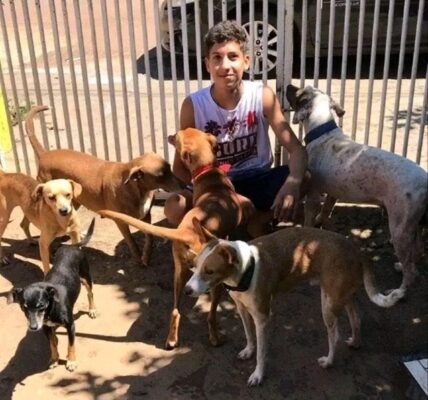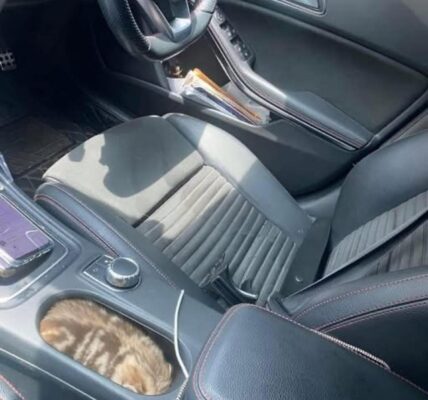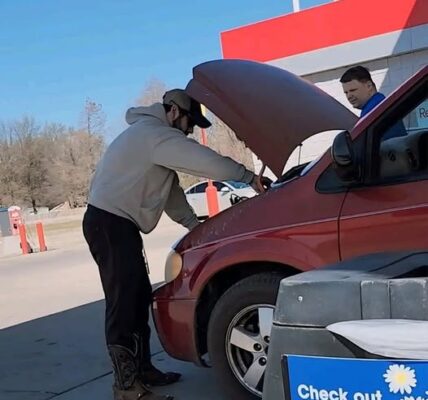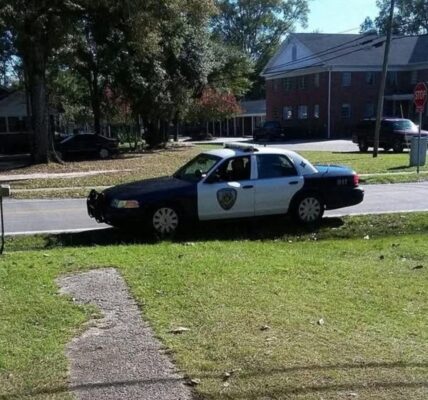
In 1951, in a quiet hospital bed in Australia, a 13-year-old boy named James Harrison lay recovering from a major chest surgery. The operation had been intense—so much so that it required 13 liters of donated blood to save his life. At the time, James didn’t know exactly what had happened inside that operating room. But he knew this: strangers had bled so he could live.
That truth stayed with him.
And as he watched his parents whisper anxiously at his bedside, as he felt his strength slowly return day by day, James made a promise to himself: When I’m old enough, I’ll become a blood donor. I’ll give back—just like they gave to me.
True to his word, on the very day he turned 18, James marched into a blood donation center and rolled up his sleeve. But what happened next was something no one could have predicted.
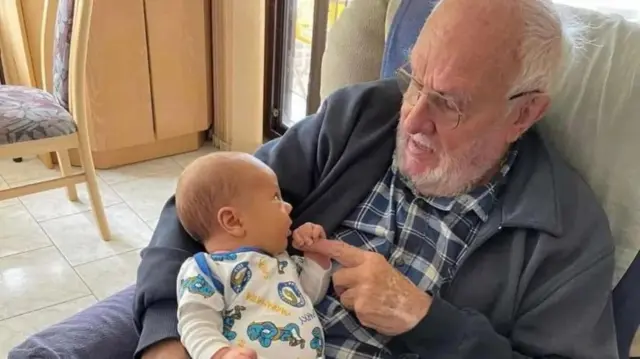
His blood—routinely tested like all new donors—contained something incredibly rare: an antibody in the plasma that could prevent Rhesus disease, a potentially fatal condition where a mother’s immune system attacks her unborn baby’s blood cells. At the time, thousands of babies in Australia were dying each year from this condition. Many others were born with brain damage.
James’s blood could stop that.
Doctors were stunned. And hopeful. They approached James and explained the discovery. He didn’t hesitate. He agreed to donate regularly, and Australia began using his blood plasma to develop anti-D immunoglobulin injections that would go on to save millions of unborn children.
Thus began a journey of giving that would span decades.

Every few weeks, James would show up—quiet, humble, consistent. He didn’t like needles. He never liked the sight of blood. But he never missed an appointment. He would chat with the nurses, smile at the other donors, and then give what only he could give.
Over the years, James made over 1,100 donations of blood plasma.
His antibodies were used in the development of the anti-D vaccine that helped eliminate Rhesus disease in Australia. It’s estimated that over 2.4 million babies—yes, million—owe their healthy births to his generous, selfless gift.
One of them was his own grandson.
In 2011, James’s daughter gave birth to a healthy baby boy thanks to the very same treatment that James had helped develop. It was a full-circle moment—one that brought tears to his eyes.
“I never imagined my blood would one day save my own family,” he said.
In 2018, after more than 60 years of donating, James gave his final donation. He had reached the age limit for donors in Australia. Nurses, families, children, and officials gathered to honor him. They called him a national hero. A medical marvel. The “Man with the Golden Arm.”
But James didn’t see himself that way.
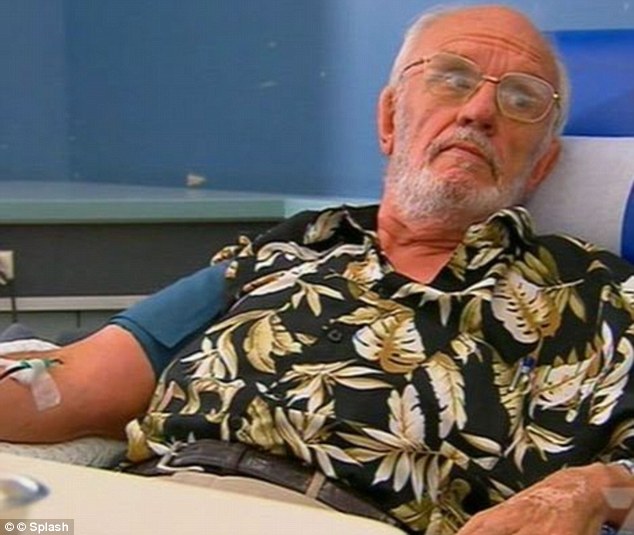
“It’s the easiest thing you can do,” he said, “to help someone else. I just hope more people will do it.”
And maybe that’s the real legacy of James Harrison—not just in the millions of lives saved, but in the quiet, powerful reminder that ordinary people can do extraordinary things. That a single promise—made by a scared teenager in a hospital bed—can ripple through generations. That sometimes, a hero doesn’t wear a cape or shout from rooftops.
Sometimes, he just rolls up his sleeve.
And changes the world.
